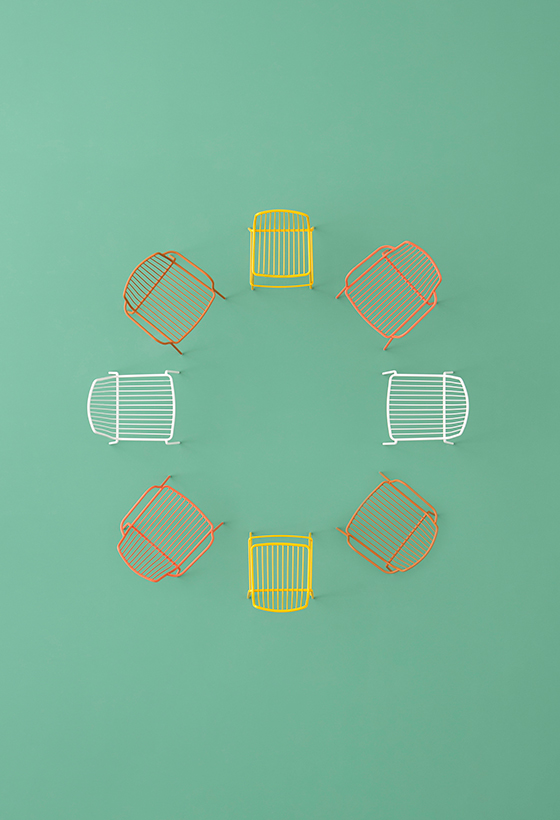Made in Pedrali
Historia de la marca de Alyn Griffiths
MORNICO AL SERIO (BG), Italia
25.05.15
Aluminium, concrete, wood and plastic were among a multiplicity of materials seen on the stand of premium Italian furniture brand Pedrali at this year’s Salone del Mobile. The company’s CEO, Giuseppe Pedrali, tells Architonic how decades of manufacturing experience have informed the methods used to produce its new collection.
Pedrali's 2015 product launches demonstrate its competence in working with a wide range of materials. The 'Ara Lounge' chair is designed to optimise the inherent properties of polypropylene
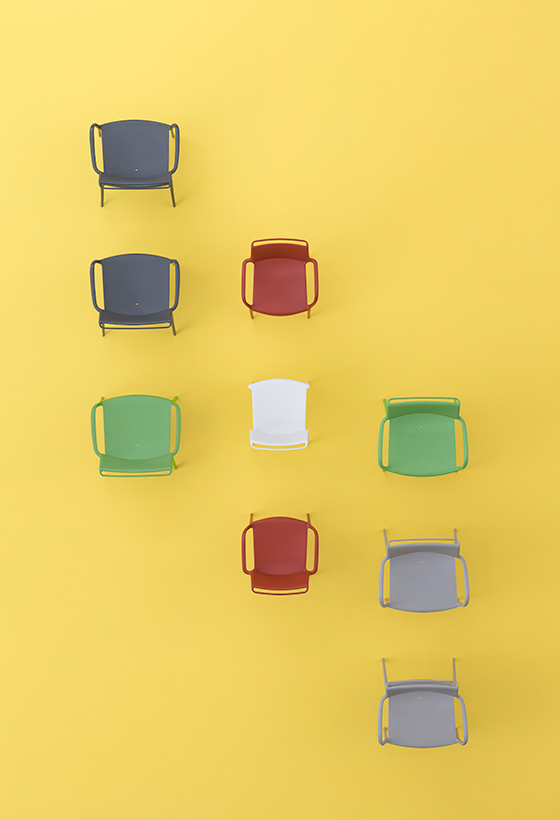
Pedrali's 2015 product launches demonstrate its competence in working with a wide range of materials. The 'Ara Lounge' chair is designed to optimise the inherent properties of polypropylene
×One of the products launched by Pedrali at the world's premier design event in Milan was a chair for outdoor use made from powder-coated steel rod, which evokes a design from 1963 by the company's founder, Mario Pedrali. According to Giuseppe Pedrali, Mario's son, the new ‘Nolita’ chair by Simone Mandelli and Antonio Pagliarulo, ‘recalls the origins of a historical journey started by my father with his first metal garden chairs,’ but crucially brings it up-to-date using the latest manufacturing techniques. ‘The collection incorporates the simple and iconic shapes of seats from back then, updated through the use of modern technologies of metal processing, such as robotic welding and variable radius folding,’ explains Pedrali. The rest of the 2015 product launches, which expanded the Pedrali brand’s portfolio of designs for public spaces, offices and homes, also exhibited signs of the firm’s proud design heritage mixing with contemporary engineering.
Pedrali's additions to its product range were staged at this year's Salone del Mobile by Migliore + Servetto Architects as in if photography booths, the latter's subdued monochromatic palette allowing a true foregrounding of the products themselves

Pedrali's additions to its product range were staged at this year's Salone del Mobile by Migliore + Servetto Architects as in if photography booths, the latter's subdued monochromatic palette allowing a true foregrounding of the products themselves
×A convenient handle moulded into the back of the 'Ara Lounge' enables it to be easily moved around, making it particularly suitable for use in bars, waiting rooms or poolside areas

A convenient handle moulded into the back of the 'Ara Lounge' enables it to be easily moved around, making it particularly suitable for use in bars, waiting rooms or poolside areas
×'Nemea' combines solid ash legs and a diecast aluminium frame with a plywood seat and backrest to form a simple and elegant chair. The version with arms can be hooked onto the edge of a table
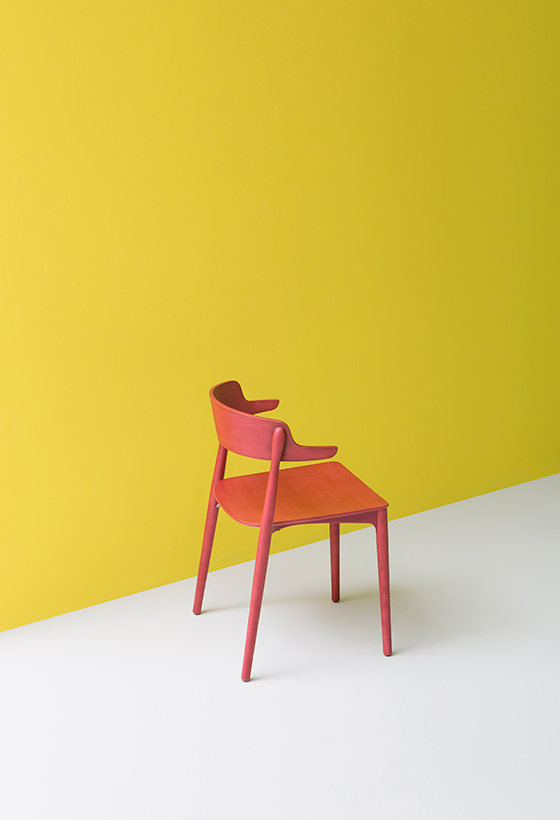
'Nemea' combines solid ash legs and a diecast aluminium frame with a plywood seat and backrest to form a simple and elegant chair. The version with arms can be hooked onto the edge of a table
×Pedrali’s efforts to extend the ongoing focus on research and development at its headquarters in northern Italy led the company to explore a variety of materials in its latest offerings, including wood, aluminium, plastic, steel, concrete and upholstery. ‘Never before have we had so many different materials used for the creation of the different types of product,’ says Pedrali. ‘The idea is always to carry out projects that can be designed, developed and industrialised through the know-how and technologies the company has.’ In each of the new products, the properties of these materials and the way they are assembled has been rigorously examined to ensure optimum comfort, efficiency and durability in the final design.
One of the materials used by Pedrali for the first time this year is concrete, which forms the bases of the ‘Concrete’ tables by designers Pio e Tito Toso. The bottom-heavy moulded bases support a steel column, topped with a customisable surface. Pedrali also unveiled its first sofa at the Milan fair; designed by Patrick Jouin, ‘Social’ is a modular system comprising upholstered individual and corner units that can be connected in varying configuration depending on the user’s seating requirements.
'Concrete' is one of the materials used for the first time by Pedrali in its new range. The 'Concrete' tables feature a robust and heavy base that provides stability

'Concrete' is one of the materials used for the first time by Pedrali in its new range. The 'Concrete' tables feature a robust and heavy base that provides stability
×Other new releases included furniture in more familiar materials, such as metal and wood, that nevertheless stretched the functionality and aesthetic properties of these materials. The ‘Intrigo’ chair by Marco Pocci and Claudio Dondoli is a lightweight and stackable design with a minimal silhouette formed by a series of delicate lines. The sections that make up the backrest and arms are produced from slender pieces of die-cast aluminium that ensure strength despite their seeming fragility. Further chairs made from polypropylene (‘Ara Lounge’), ash wood (‘Osaka’) and a combination of aluminium, plywood and ash (‘Nemea’) emphasised the variety of materials and processes Pedrali has mastered.
'Intrigo''s lightweight frame comprises thin twisting strips of diecast aluminium that join together to give strength where it is required

'Intrigo''s lightweight frame comprises thin twisting strips of diecast aluminium that join together to give strength where it is required
×By choosing to maintain control of all aspects of manufacturing, Pedrali is able to work closely with the designers to ensure their ideas are translated accurately into products that offer something new to the market and showcase the quality of their materials and construction. ‘The results for the moment are rewarding our efforts and our decision to set up an internal production model,’ Pedrali adds, ‘which only a few years ago was considered dated and not sustainable.’ Rather than outsourcing manufacturing to cheaper countries, Pedrali is dedicated to the ‘Made in Italy’ mantra, which helps distinguish its products as among the best in their category.
The 'Nolita' chair recalls a similar design created by the company's founder Mario Pedrali in 1963. Its steel rod frame is ideal for outdoor use as there are no surfaces on which water can collect
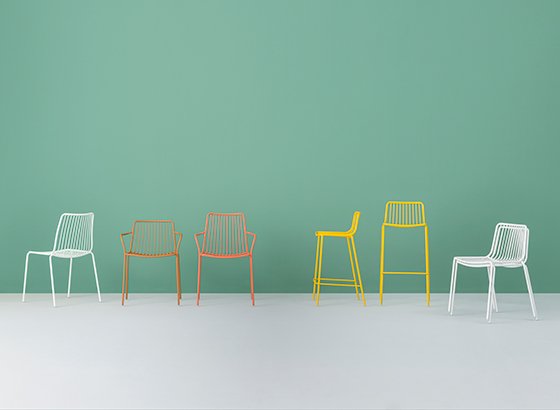
The 'Nolita' chair recalls a similar design created by the company's founder Mario Pedrali in 1963. Its steel rod frame is ideal for outdoor use as there are no surfaces on which water can collect
×At the Rho Fiera exhibition centre, the additions to Pedrali's product range were presented in a series of ten large illuminated boxes. The Light Frames installation, designed by Migliore + Servetto Architects, displayed the products as if in a photography booth, while the simplicity of the scenographic backdrops and a monochrome palette ensured the focus was on the furniture.
'Osaka' is a classic and refined wooden chair made from solid ash and plywood, with simple lines and a large rectilinear seat and backrest that can also be upholstered
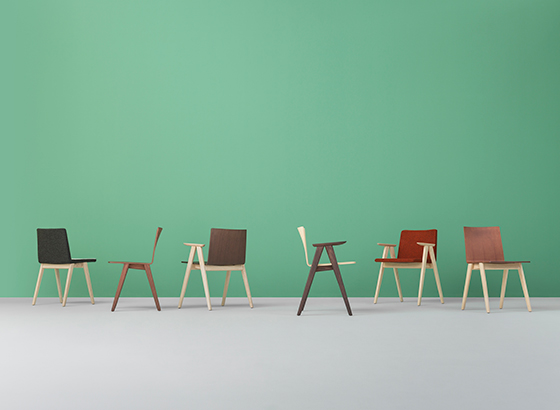
'Osaka' is a classic and refined wooden chair made from solid ash and plywood, with simple lines and a large rectilinear seat and backrest that can also be upholstered
×The new products gave visitors to the Salone del Mobile an opportunity to witness firsthand the results of Pedrali’s commitment to experimentation, which its CEO believes is the best way to consistently meet customers’ demands for functional and original design. ‘To do this we must continue to invest time and energy in finding the most suitable materials for each project, use the most up-to-date technologies and [continue] discussions with designers who know how to integrate well with our industrial philosophy,’ Pedrali maintains. This determination to stick to values that have served the company well since the 1960s ought to ensure it maintains its reputation as one of Italy’s most innovative and respected furniture producers.
The Social seating system consists of individual units, corner sections and poufs that can be configured in endless variations to suit the needs of different spaces
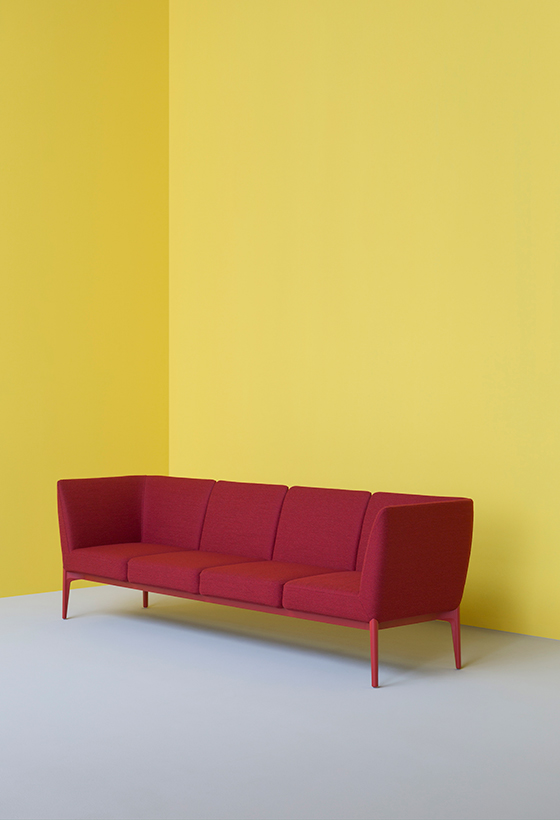
The Social seating system consists of individual units, corner sections and poufs that can be configured in endless variations to suit the needs of different spaces
×






